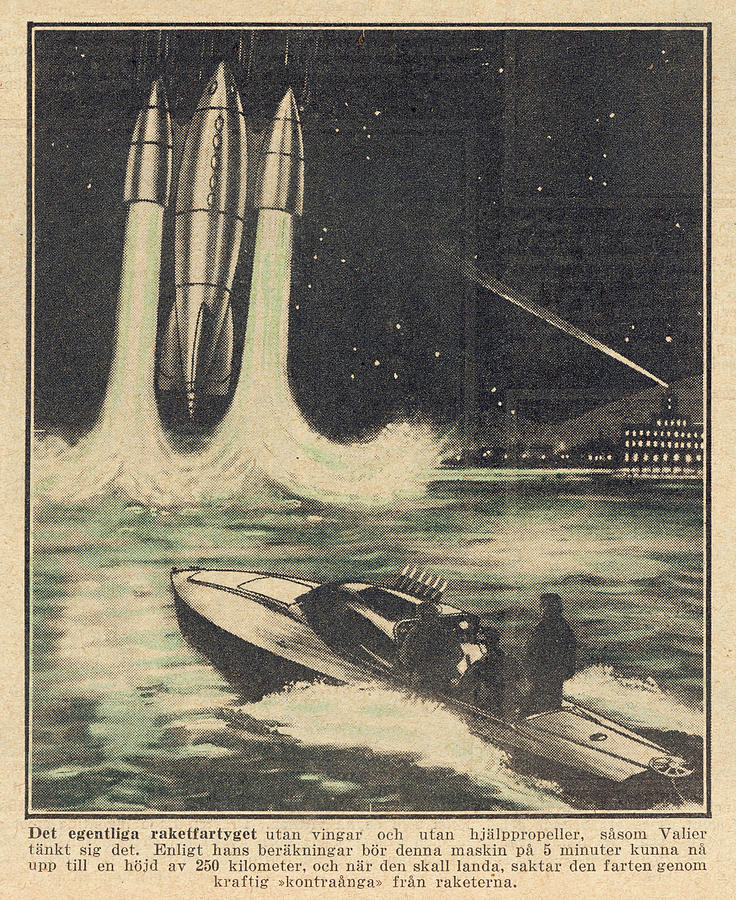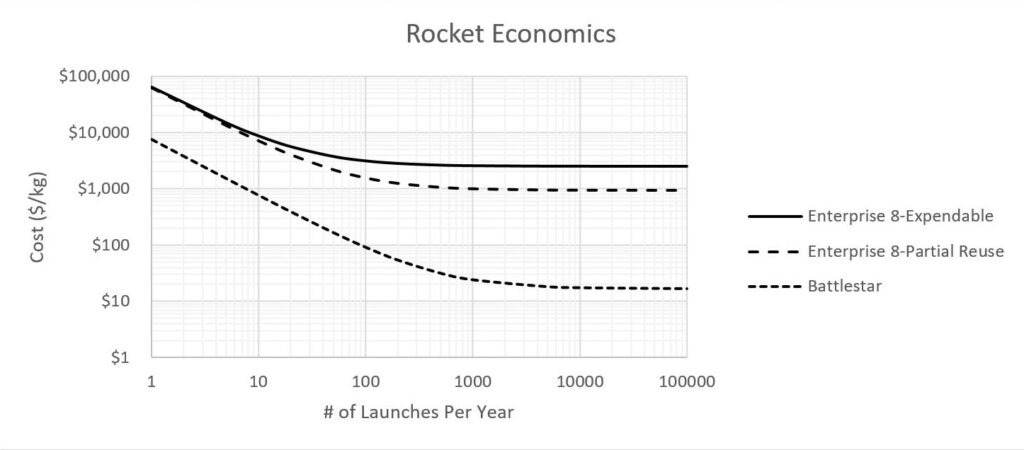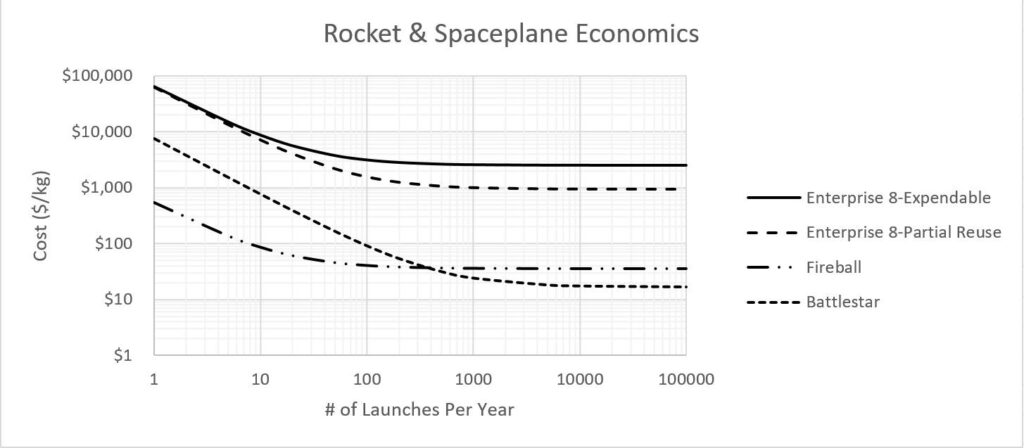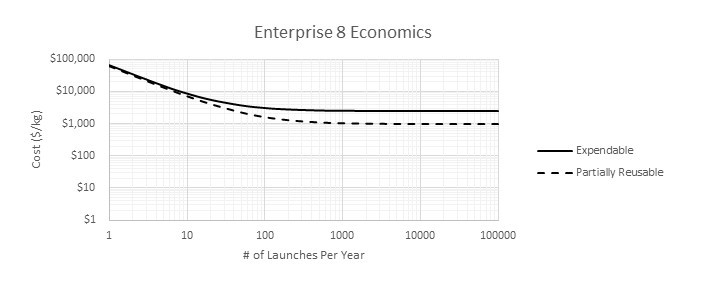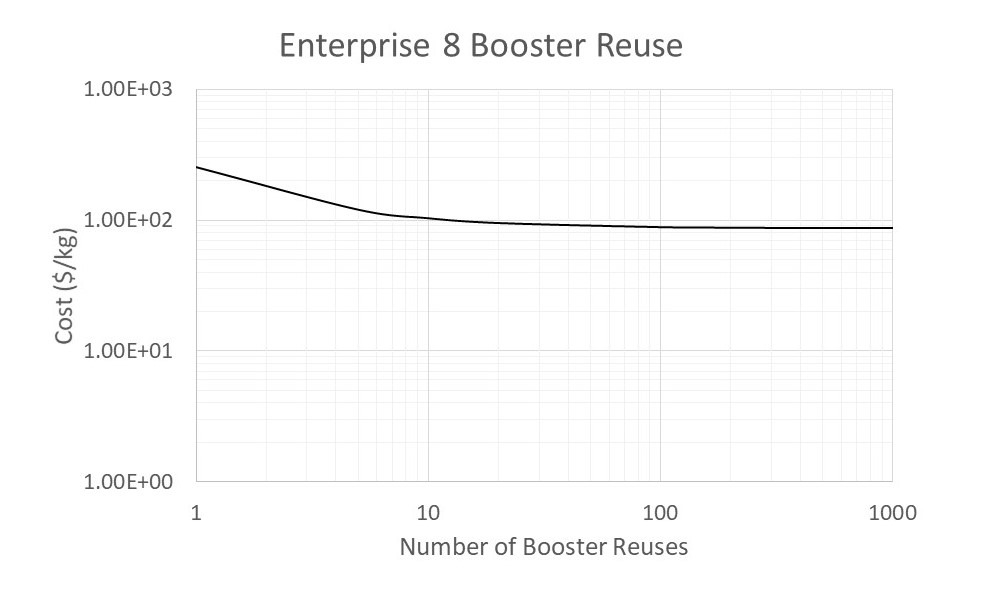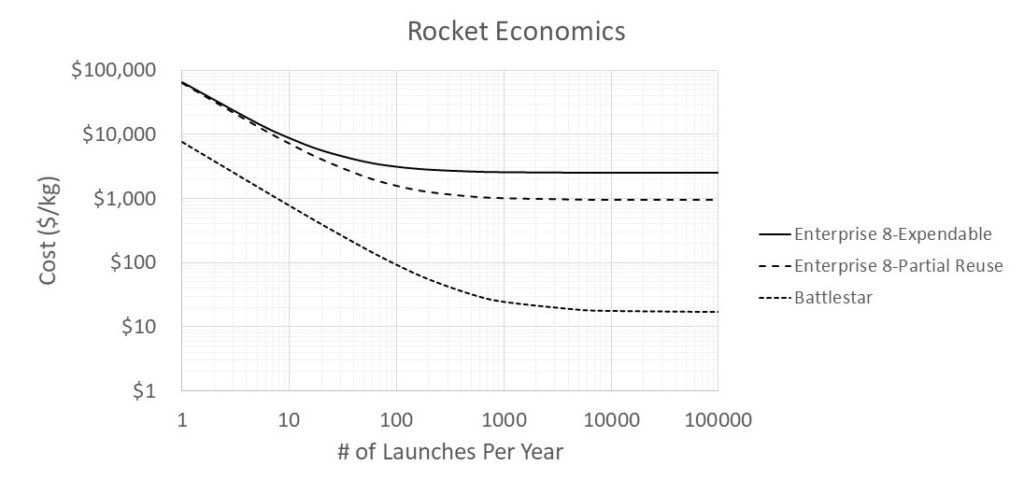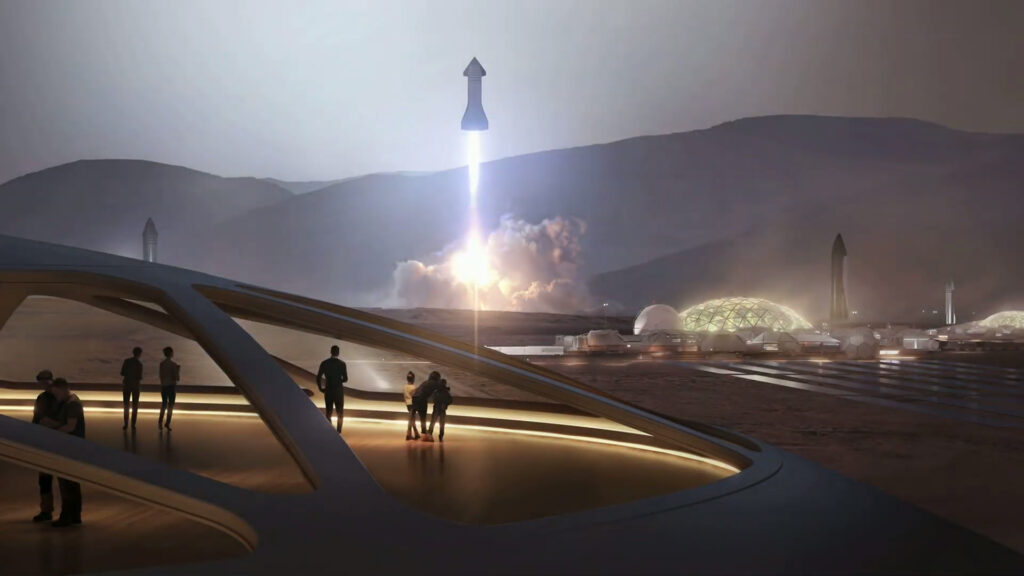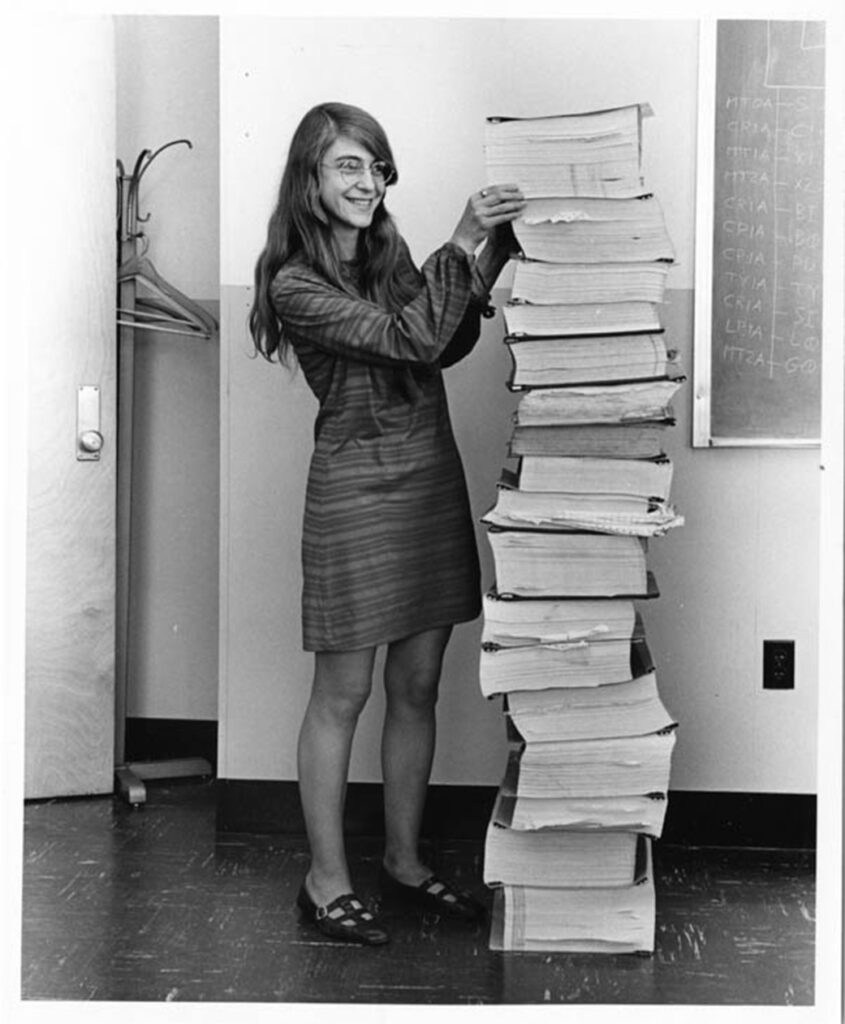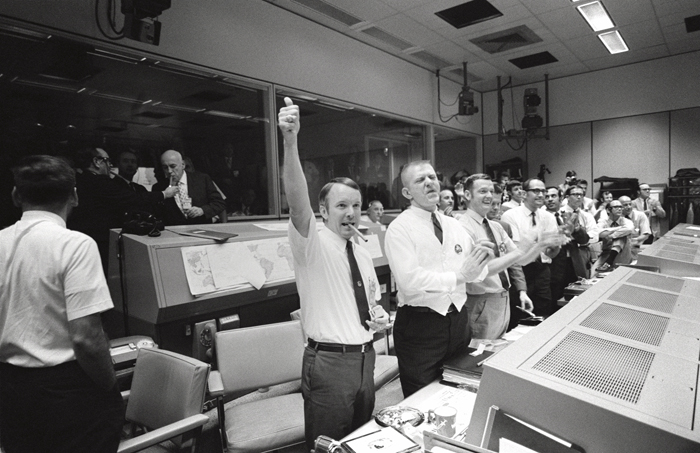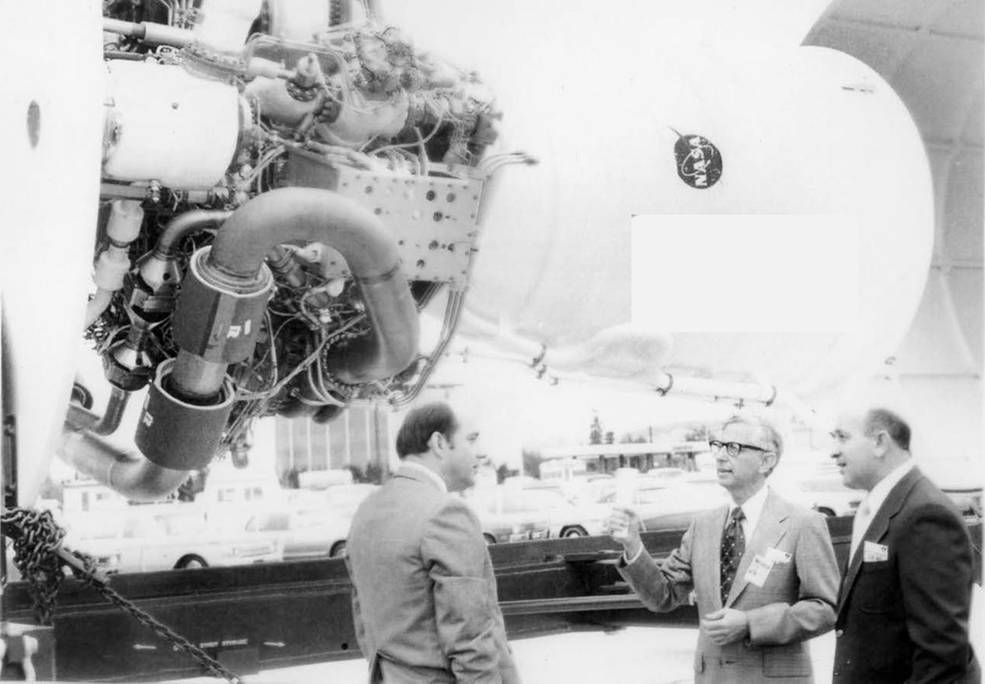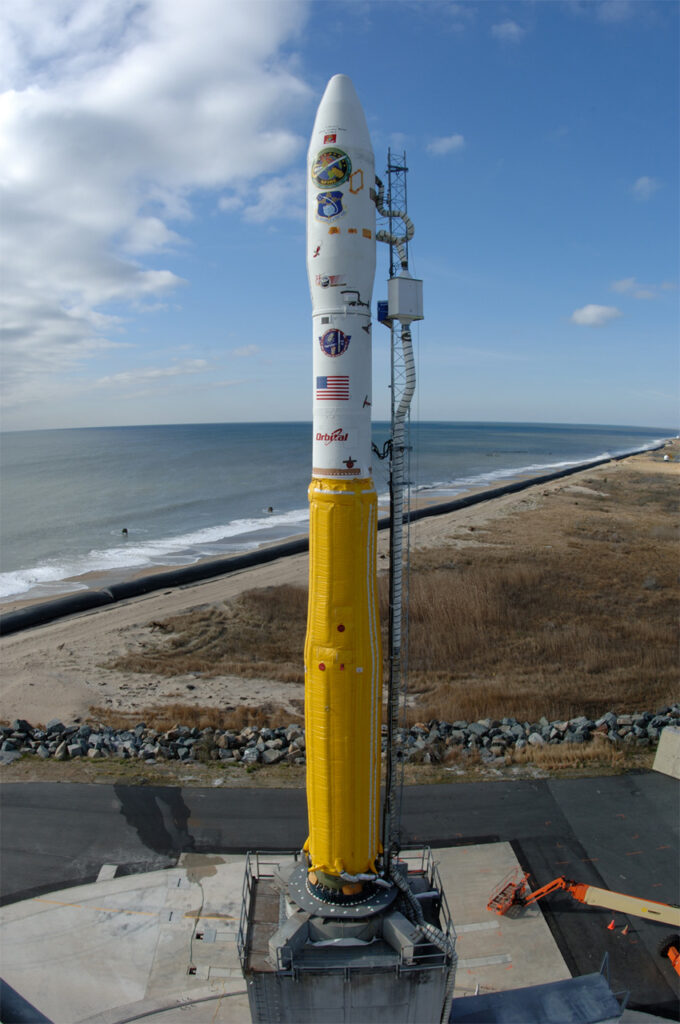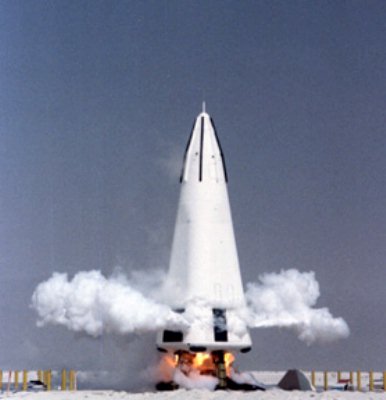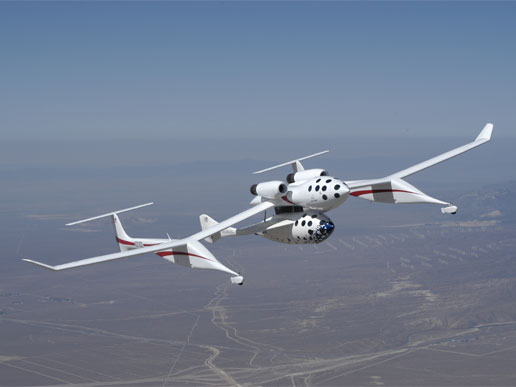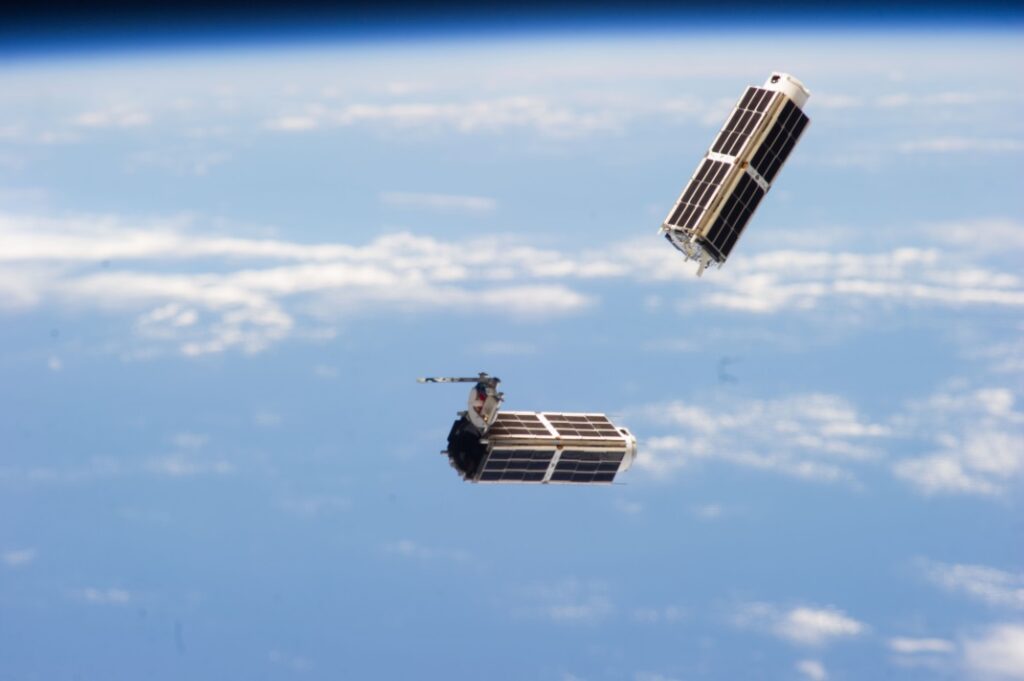If you’re reading this you were most likely a space kid. You spent your childhood looking up at the stars, memorizing facts about the planets, or frankly watching too much Star Trek. Many of us space kids followed this passion all the way to college; majoring in engineering, math, or computers. Some of us went even further. We realized that space isn’t just something we could appreciate from the outside- but something we could actually be a part of. We formed teams to build our own rockets and satellites. We joined clubs like the Students for the Exploration and Development of Space (SEDS). We danced our butts off at Yuri’s Night. Most importantly we found our fellow space geeks and shared our mutual dream. Eventually the space kids grow up. We graduate, move to a new city, and start our career. For most of us that’s enough. But even still some of us want to do more. Every April- that driven few of us flock to Colorado Springs for Space Symposium, the ultimate gathering of space kids. As a 29 year old space kid I thought it was finally time to give it a go. This is what I saw.
Professional Burning Man. Disneyland for Adults. I heard all these adjectives used to describe Symposium during my drive out from Denver and I believed none of them. This is Colorado Springs we’re talking about. The place I used to bum around with my USAFA buddy during our misspent early 20s. Eating white person spicy Mongolian BBQ in the shadow of NORAD, meth houses, and gem stores. So consider my socks were firmly blown off as we drove up to this regal hotel, the Broadmoor, towering over the foothills like Cinderella’s castle over the Magic Kingdom.


Disneyland for adults is short selling it. The Broadmoor is far far nicer. Like if Walt Disney teamed up with the craftsmen who decorated the Titanic. The Broadmoor hotel or “campus” as Symposium regulars call it, surrounds a shallow lagoon. All the buildings are decorated with 100 year old art and pictures of the Hollywood royalty and actual royalty who have all stayed here. The glasses of wine all cost over $20, the food is exquisite, and you can order cigars at the hotel bar. This posh atmosphere at one of America’s most elite resorts gets to the heart of what Symposium is all about; a place for industry insiders to meet face to face and cut some deals.
The Broadmoor has been home to every Symposium since the first one back in 1984. Originally called the National Space Symposium, the event began as a forum for military space leaders to meet with their contractors in a kind of industry retreat. Over the decades the gathering gained a more civil, commercial, and increasingly international flavor so the “National” part was dropped. It soon outgrew the original Broadmoor hotel. A major defense contractor built an entire building on campus just for Symposium and even that got ultimately maxed out; the 2024 Symposium spilling over to the nearby Cheyanne Mountain Resort. Despite being the epicenter of all things space, Symposium’s military roots are still visible in all the uniformed Army, Navy, Air Force, Space Force, and allied attendees milling about.

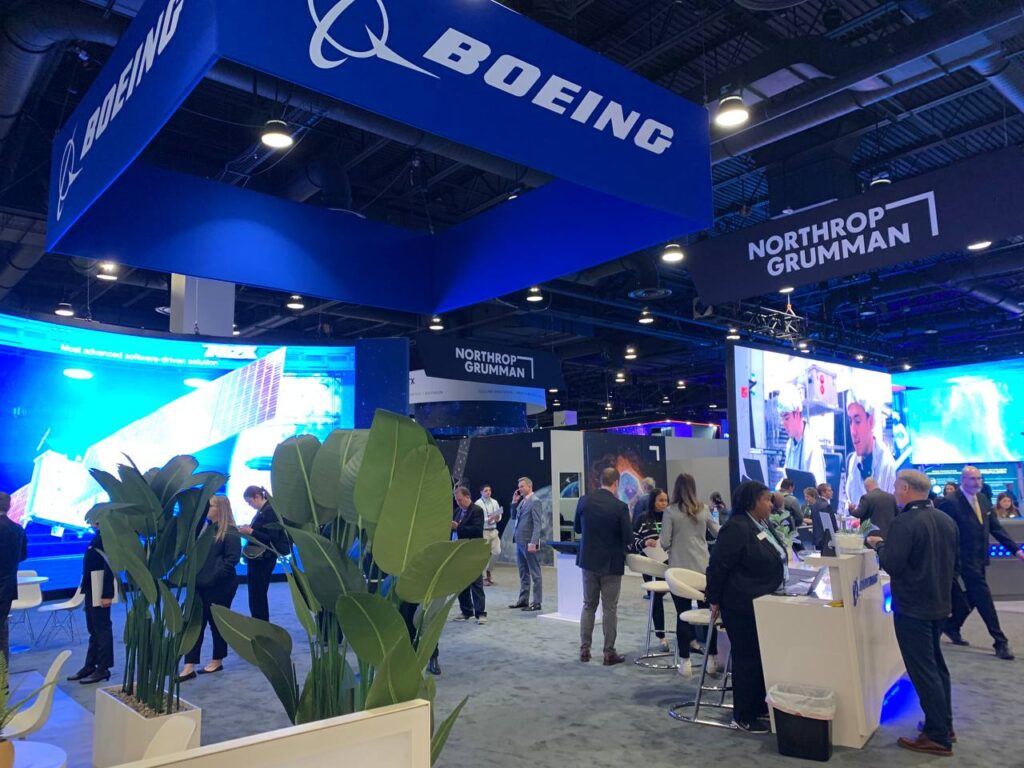
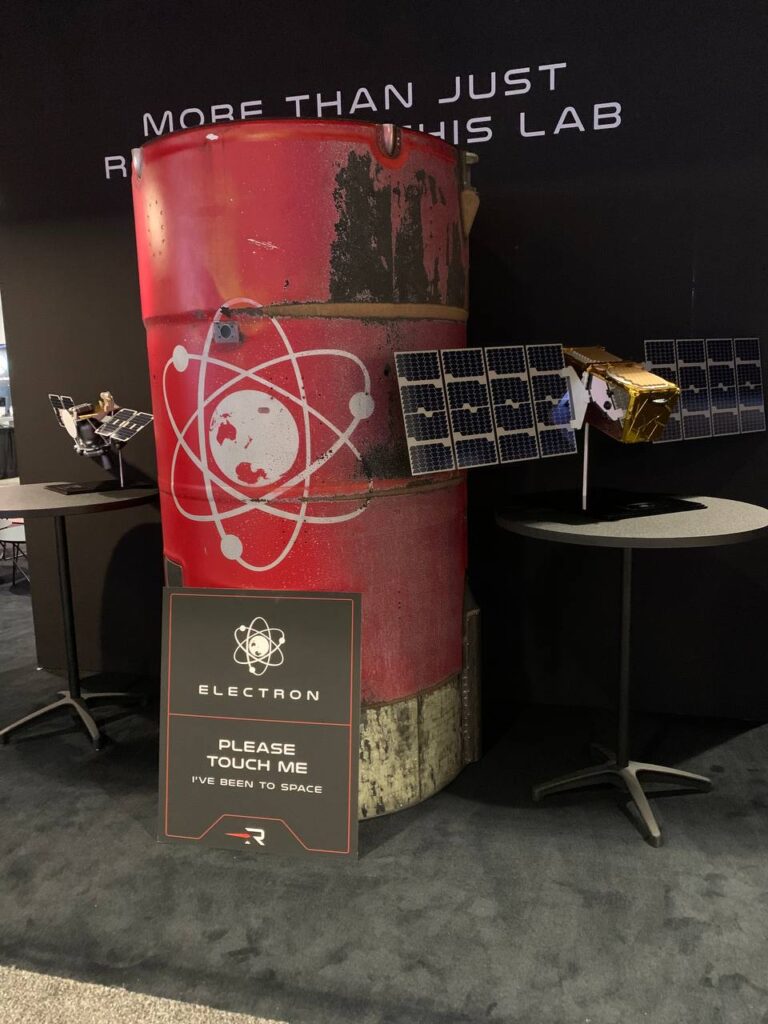
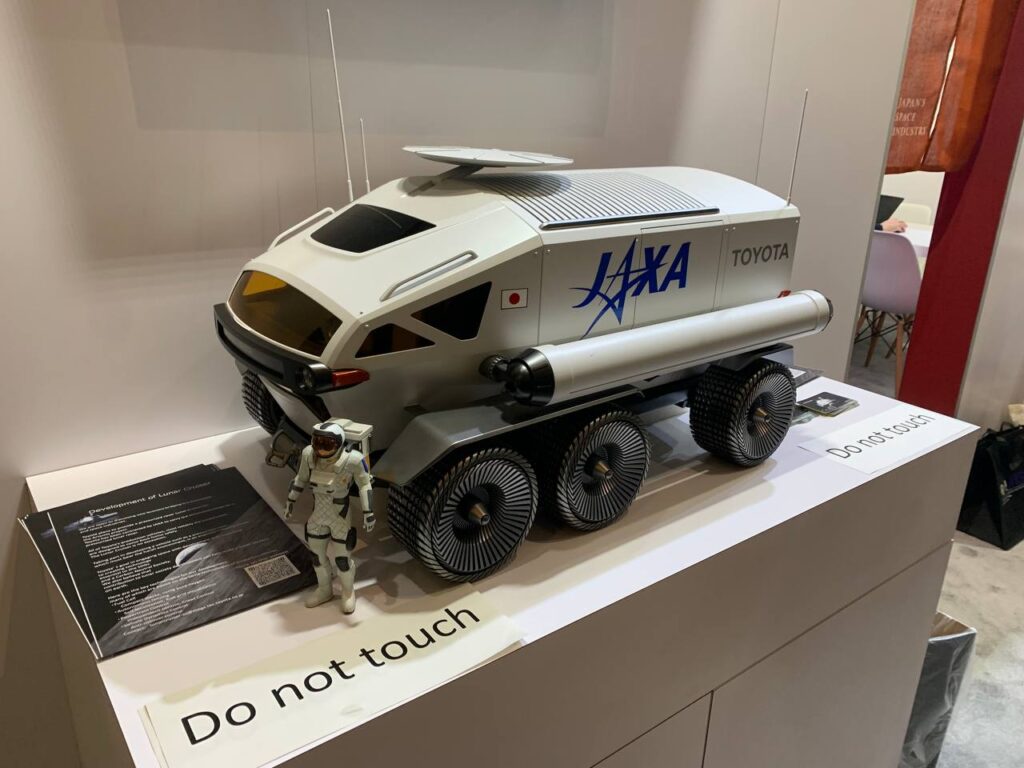
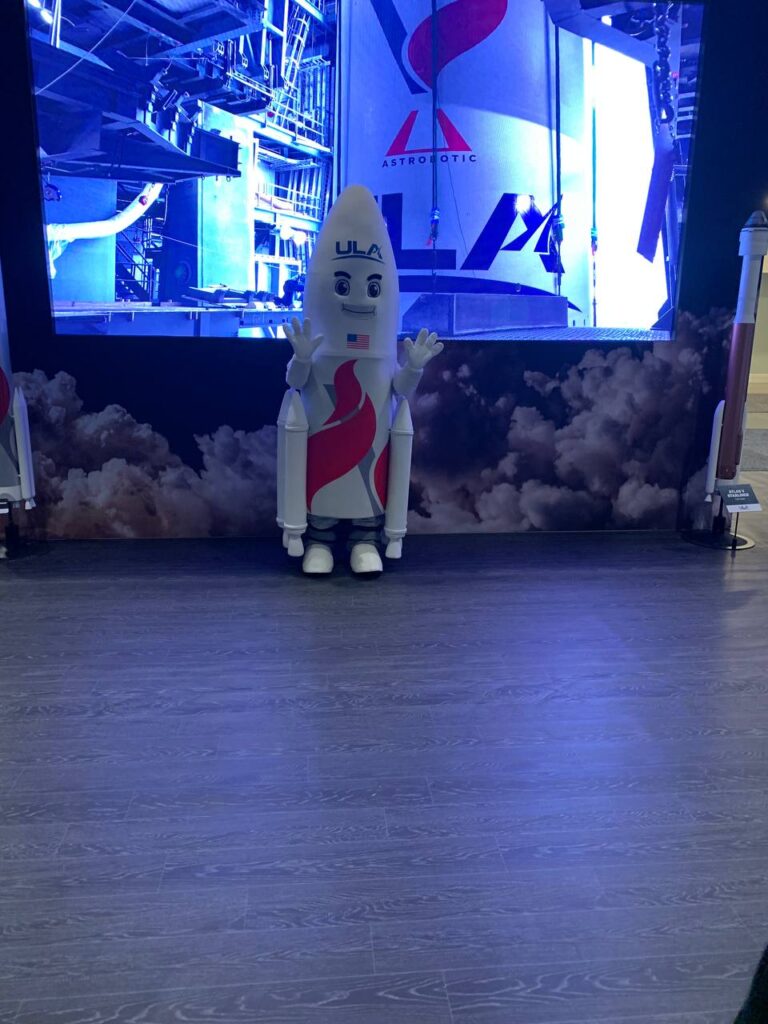
Every military, civil, international, and commercial space organization you can think of sets up shop and holds court here. Some have large booths on the exhibition floor, others their own suite in the hotel, others yet rent out entire villas next door. Some of them are open for attendees to wander into, the vast majority are invitation only. These closed door meetings is where the real business of Symposium happens. For the rest of us there’s an exhibit hall, a speaker series, and the hotel bar. The exhibit hall is a good hour or so of fun. You can go to the speaking events but Jeff Foust will be live tweeting it faster than you can register what is being said. The hotel bar is where it’s at.


Imagine every cool space person you can think of. Every Brookie, every guest on Main Engine Cutoff, every person narrating the NASA livestream. They’re sitting in a bar and you can just go up and talk to them. And talk we did! Everything from nuclear thermal rockets to Netflix. It was one of the few times in my professional life I entered a room of relative strangers and walked out with new friends. But the best moments were reconnecting with people I hadn’t seen in years. Friends from past jobs, from college. People who I had risen up through the ranks of space dorkdom with. A lot had happened since those days- new jobs, new partners, a pandemic, but we hit it off just like old times.
Oh did I forget to mention that there are parties? There’s an official Symposium every night, each with a different theme. First night is always a chill cocktail reception. This year’s was sponsored by the Canadian Space Agency. Second night is always casino night. People put on their tuxedos and try their hand at winning some fake money. But the third night is always the main event, the party circuit. Look I’m a queer weirdo from Seattle so I’m no stranger to big parties. I’ve seen my share of underground theater kid parties, furry raves, and karaoke nights. So believe me when I say that space people by far go harder than anyone else.
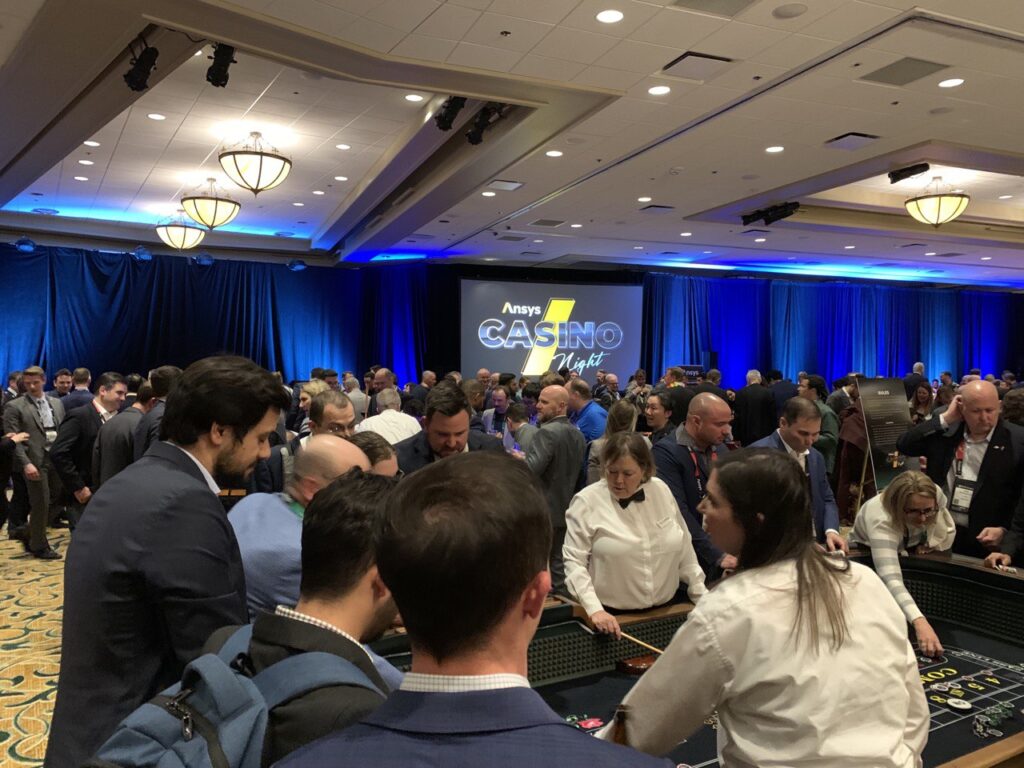
The bacchanal began at 5 PM, precisely as the last meetings wrapped up. My first stop was a private house party in one of the villas. It was invitation only and my friend hooked me up. The wine and conversation flowed as we watched the sun set behind Cheyanne Mountain. Absolutely magical. That party wrapped up by 7 and the gang headed across the street to party number two, the Boeing mansion. By now it was proper dark and Boeing had set out a series of camp fires to gather round with spiked hot chocolate. It was cozy but we didn’t stay long-realizing that it would probably be a good idea to eat some food. We dined at the Golden Bee, a Broadmoor institution. Built from the hull of a 19th century British schooner, the Bee was shipped panel by panel to the Broadmoor in the 60s. Tradition is that you’re supposed to throw a little felt bee at your friends upon entering the bar. Over the years various space companies have put their own spin on this and the bees were riding little Dream Chaser’s that night. After dinner (and who knows how many more drinks) we checked out the Lockheed Martin rave, REDACTED. A pretty good cover band was playing and I joined my buddies in the middle of the dance floor. As I stood there belching out I Wanna Dance With Somebody like I was at a gay wedding- I looked to my friends old and new and was just overcome with joy. Here we were, space kids all grown up dancing the night away. Whatever cosmic destiny awaits humanity- a base on the Moon, cities on Mars, finding life beyond Earth- it will be because of the people in this room. But for now that was all put aside. The night was young, the music was pumping, and we were standing atop the world.


